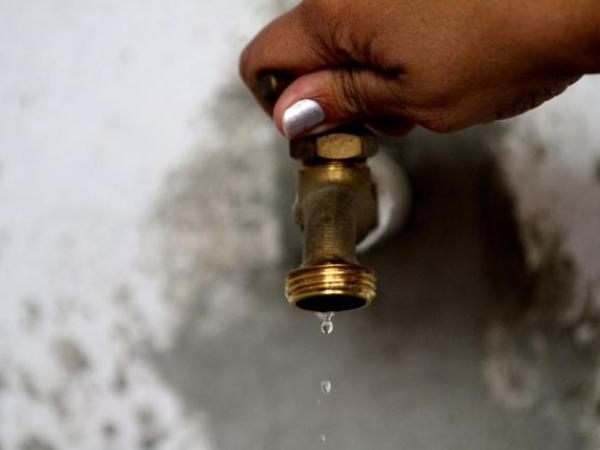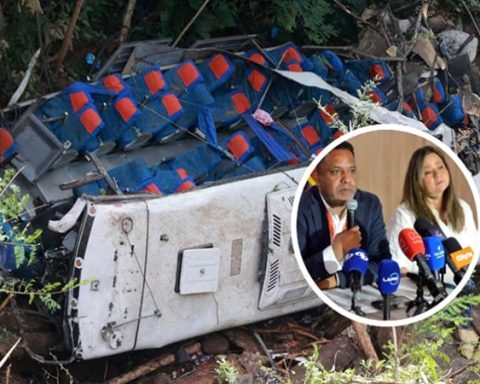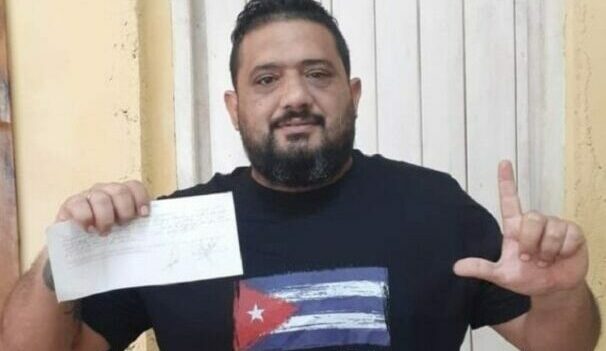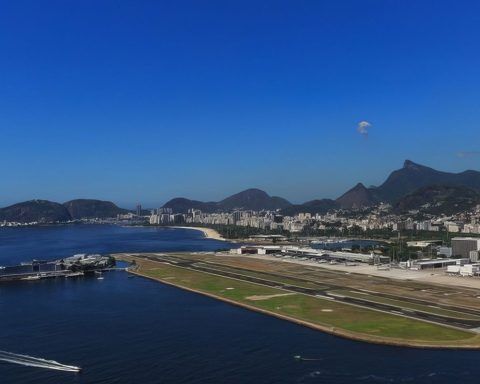public aqueduct service for the distribution of drinking water in the country, it is not only essential, but also profitable, to the point that the business is currently provided by more than 3,000 companies with regional and/or municipal operations, as well as in the departmental capitals.
(See: Improved quality of electricity service in the country in 2021).
But, the aqueduct market in the national territory is led by 55 companies: 23 in the main cities and 32 in the departments, to which are added the three thousand small companies with municipal coverage, and whose total annual income would be $40 billion.
According to the Ministry of Housing, in the last year more than 38 million Colombians were supplied with water “fit for human consumption” through the aqueduct service.
Likewise, on average a subscriber of this public service has liquid availability 19.7 hours a day. And the trend of this indicator is marked by the aqueduct providers of the big cities and regional companies, where the continuity of supply is 24 hours, every day of the year.
(See: What is the reason for the increase in water and electricity bills?).
In the current administration, 2.5 million Colombians have been connected to drinking water services for the first time, of which 580,000 new beneficiaries are in rural areas of the national territory.
“We develop initiatives based on differential supply schemes, which allow the adoption of technologies and management models that respond to the characteristics (social, geographical, cultural) of these areas.”, said José Acero, deputy minister of Water.
However, the official indicated that the great discomfort of the communities is not only in supplying the water, but in the permanent continuity of the service, and Although the Executive has invested resources in the sector, the barriers continue.
“One of the biggest is the atomization of providers, that is, the existence of many companies with few users, which results in an inefficient sector with difficulties in making investments to increase the indicators of coverage, quality and continuity of service. water service”, underlined Steel.
(See: The public services with the most increases and those with the most complaints).
In the same vein, Camilo Sánchez, president of Andesco, in a recent column published in this newspaper, stressed that a single operator should migrate to a regional provision scheme (water supply and sewerage).
Works of the aqueduct in Bogotá.
Archive THE TIME
“A total of 3,082 companies make up the provision of aqueduct and sewage services in 1,102 municipalities of Colombia…, only 102 of these carry out their operation in more than two municipalities and, to complete the picture, the community organizations that serve rural they can exceed 10,000, showing the great fragmentation of existing operators”, Sanchez stressed.
The union leader affirmed that an example is the Atlantic regional scheme that was formed in 2014 and whose provider is the Triple A company, and that allowed improving the service in 16 municipalities of the department. Today it has more than 590,000 users, that is, almost two million inhabitants, of which 58% are made up of subscribers from Barranquilla.
“The most powerful thing about the model is that a small municipality like Piojó, with seven thousand inhabitants and located one hour from the capital of Atlántico, is integrated into the regional system and therefore has the same quality standards as the big city” explained the president of Andesco.
Sanchéz also brought up the regional systems in Acuavalle, Empocaldas and EPM, companies that serve more than 1.65 million subscribers (nearly 6.5 million people) in 65 municipalities.
(See: What does the new Fuel Gas Law consist of and what benefits does it have?).
In terms of quality in the provision of aqueduct and sewage services, the country still has a long way to go to improve it.
This follows from the first calculation of the indicator, corresponding to the 2020 validity, developed by Superservicios, and which determined that out of 127 large companies (with more than 5,000 subscribers in urban areas) present in 273 municipalities or service provision areas ( PHC), 45% (123 PHC) were classified as high risk.
Similarly, the indicator reveals that 11% (29 PHC) are at medium-high risk, 20% (54 PHC) are in medium risk, 18% (49 PHC) are in medium-low risk, and only 7% (18 PHC) at low risk.
“The calculation of the first Single Sectoral Indicator (IUS) was determined based on the information reported or that 2,659 water and/or sewage service providers had to report to our Single Information System (SUI). There are many companies that did not comply with this obligation and, therefore, their level of risk was classified as high or medium high.”, said the superintendent Natasha Avendaño.
ALFONSO LOPEZ SUAREZ
Journalist Portfolio
Email: [email protected]
Twitter: @AlfonsoLpezSur2


















